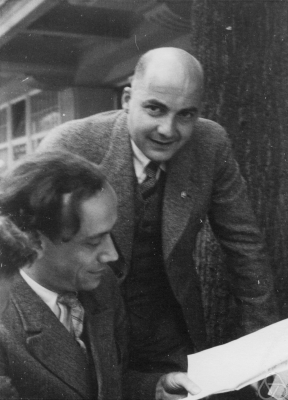Class field theory
Class field theory is a major branch of algebraic number theory and function field theory that study abelian extensions of local and global fields. Many consider it as one of the most beautiful and deep subjects in all of mathematics. The main results in the field have been achieved by some of the most well-known mathematicians such as Kronecker, Hilbert, Artin, Hasse, and Chewalley and have lasting appeal.

Albeit the main parts of the theory were invented already between 1900 and 1950, the area is still developing. relatively modern example of the classical theory is the explicit class field theory of function fields that was developed by Hayes with the help of Drinfeld modules. While there is still research conducted on the classical parts of class field theory, the subject has developed into more general form and can be seen as a part of Langlands program.
While the theorems and methods in class field theory are strong and rich, applied sciences have not found many applications for these beautiful results. In the theory of error correcting codes, class field theory has been applied in the construction of algebraic curves having certain properties, but still these results have been quite far from practical applications.
In modern theory of wireless communications over fading channels, however, the central results of class field theory are tightly tangled with the most important information theoretical properties. For instance, the widely used Alamouti code can be seen as an element in the second cohomology group of a certain abelian extension. For division algebra codes such as the Alamouti code, class field theory offers a wide range of performance optimization tools that are far beyond other known methods. From the most extreme point of view the theory of space time codes is a part of Class field theory instead of a mere a pplication of it.